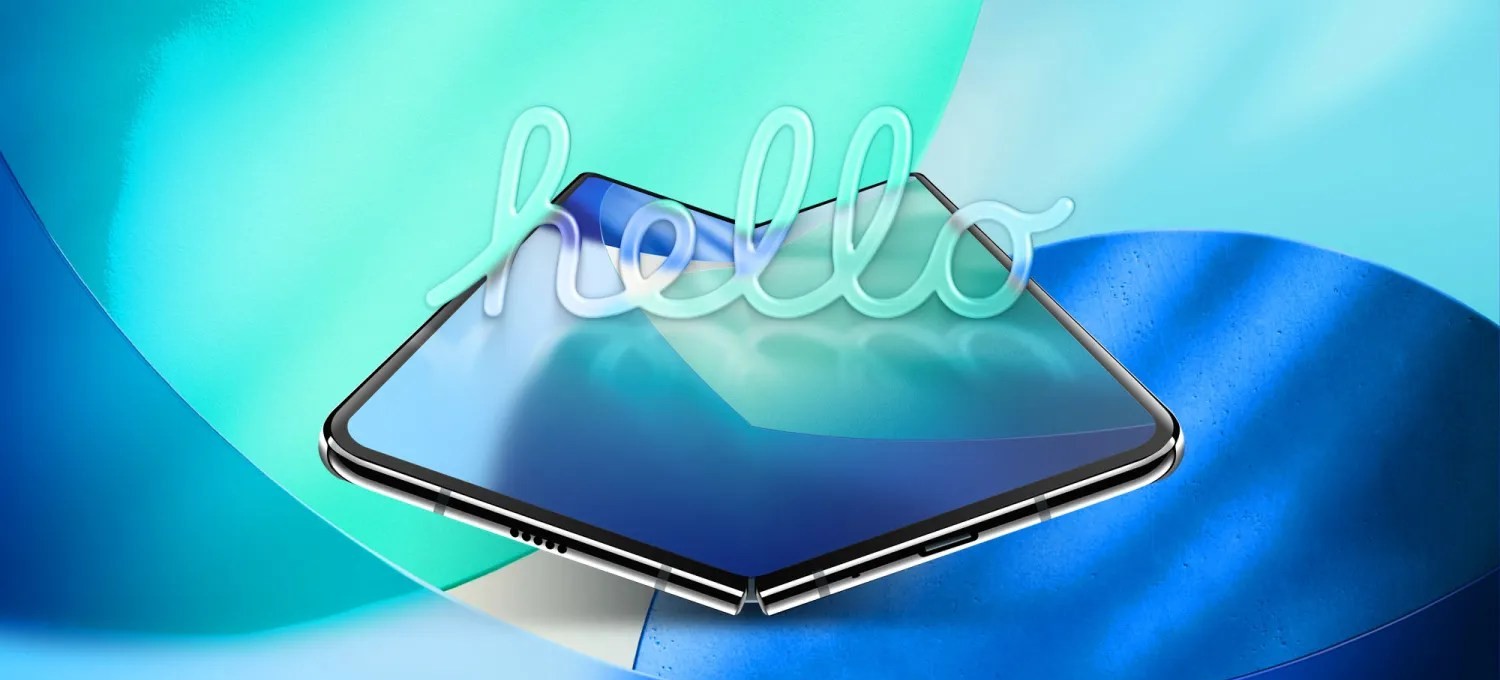Apple’s iPhone Fold Advances with Crease-Free Display Breakthrough
Apple is making significant strides in the development of its highly anticipated foldable iPhone, commonly referred to as the iPhone Fold. A recent breakthrough has addressed one of the most persistent challenges in foldable smartphone technology: the visible crease that appears on the display when the device is unfolded. This advancement marks a pivotal moment in Apple’s journey toward delivering a seamless foldable device.
Eliminating the Crease: A Technological Milestone
Foldable smartphones have been on the market for several years, offering users the convenience of a larger screen that can be compacted for portability. However, a common drawback has been the noticeable crease along the fold line, which not only affects the device’s aesthetics but can also impact the user experience. Apple has reportedly achieved a crease-free design, setting its upcoming foldable iPhone apart from existing models.
According to industry sources, Apple has been deeply involved in redesigning both the display panel and the hinge mechanism to eliminate the crease. While Samsung is supplying the inner screen, Apple has taken the lead in designing the panel structure, material processing, and lamination methods. This collaborative effort aims to integrate the panel and hinge seamlessly, preventing the permanent creases that have plagued traditional foldable devices.
Engineering Validation and Production Progress
The iPhone Fold has progressed to the engineering validation or verification testing (EVT) phase, a critical stage in product development. During this phase, approximately 100 units are typically produced to test and refine the design and functionality. Reports indicate that Foxconn, a key Apple manufacturing partner, has established an exclusive production line for the foldable iPhone, signaling that the device has moved beyond the experimental stage and is approaching mass production readiness.
Innovative Design and Materials
To achieve the crease-free display, Apple is reportedly utilizing advanced materials and innovative design techniques. The company is said to be employing a metal plate within the display assembly to distribute and control the stress generated by bending. This approach helps prevent the display material from exceeding its elastic limit, thereby minimizing the likelihood of creases. Additionally, Apple is exploring the use of liquid metal materials for key components such as the hinge, enhancing durability and maintaining screen flatness.
Anticipated Features and Specifications
While official details remain under wraps, several features and specifications of the iPhone Fold have emerged through industry reports:
– Display: The device is expected to feature a 7.8-inch inner display when unfolded and a 5.5-inch outer display, providing users with a versatile viewing experience.
– Authentication: Unlike recent iPhone models that utilize Face ID, the foldable iPhone is rumored to incorporate a Touch ID power button for user authentication.
– Camera System: The device is anticipated to include a total of four cameras: a front hole-punch camera, an under-screen inner camera, and a dual-lens 48-megapixel rear system.
– Battery: Reports suggest that Apple is testing high-density battery cells with capacities exceeding 5,000 mAh, potentially making it the largest battery ever fitted to an iPhone.
Market Position and Pricing
The iPhone Fold is expected to be positioned as a premium device within Apple’s product lineup. Industry analysts predict that the device could be priced between $2,000 and $2,500 in the United States, reflecting the advanced technology and materials used in its construction. This pricing strategy aligns with Apple’s approach to offering high-end products that deliver cutting-edge features and design.
Competitive Landscape
Apple’s entry into the foldable smartphone market is set to intensify competition among leading manufacturers. Samsung, a pioneer in foldable technology, is reportedly planning to release its Galaxy Z Fold 8 with a crease-free display, utilizing similar laser-drilled metal plate technology. This development indicates a broader industry trend toward addressing the crease issue, with Apple and Samsung leading the charge.
Conclusion
The advancements in eliminating the display crease represent a significant milestone in the development of the iPhone Fold. Apple’s commitment to innovative design and material engineering positions the company to deliver a foldable device that addresses longstanding challenges in the market. As the device moves closer to mass production, consumers and industry observers eagerly await its official unveiling, anticipating a new era in smartphone design and functionality.



